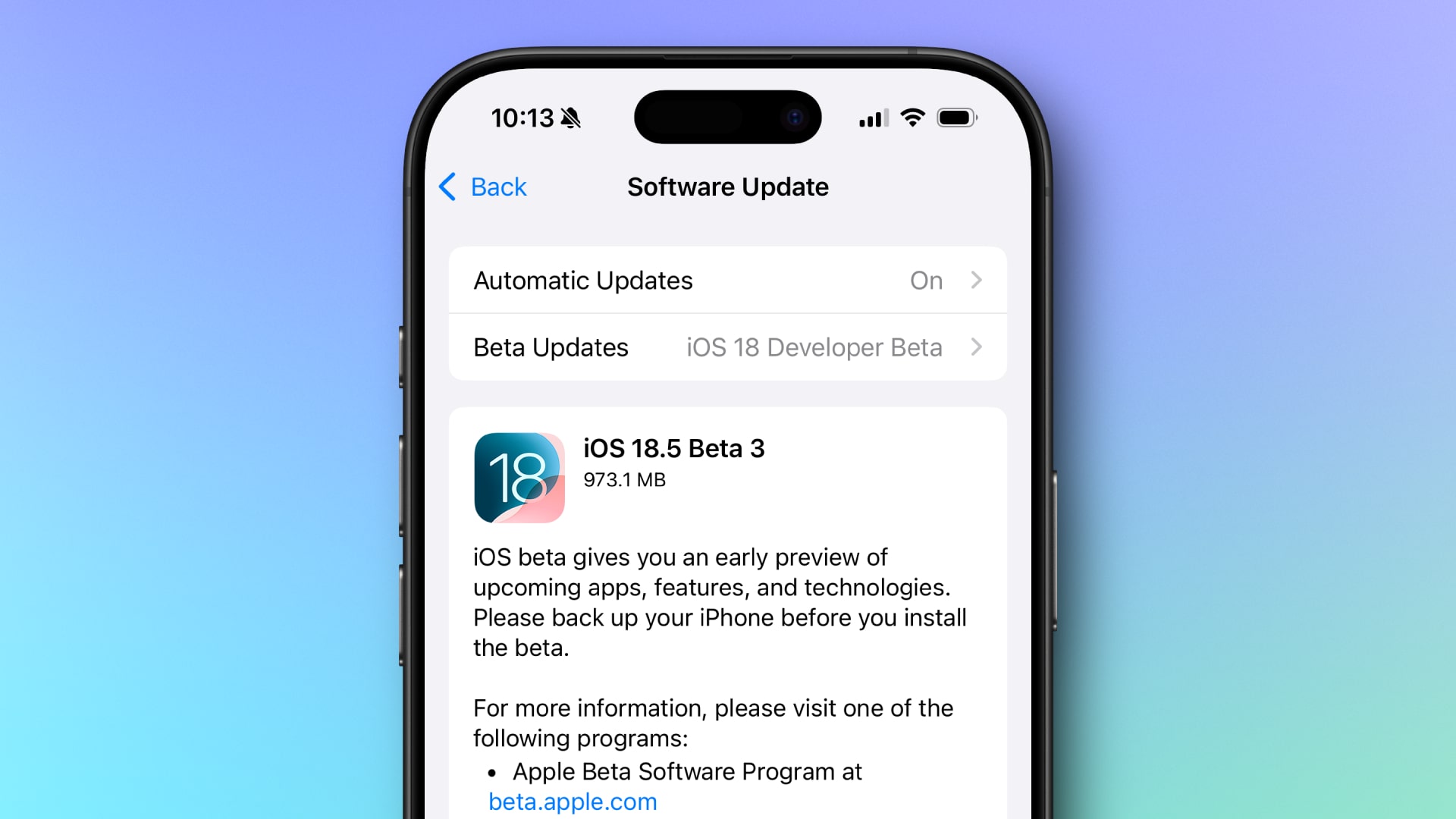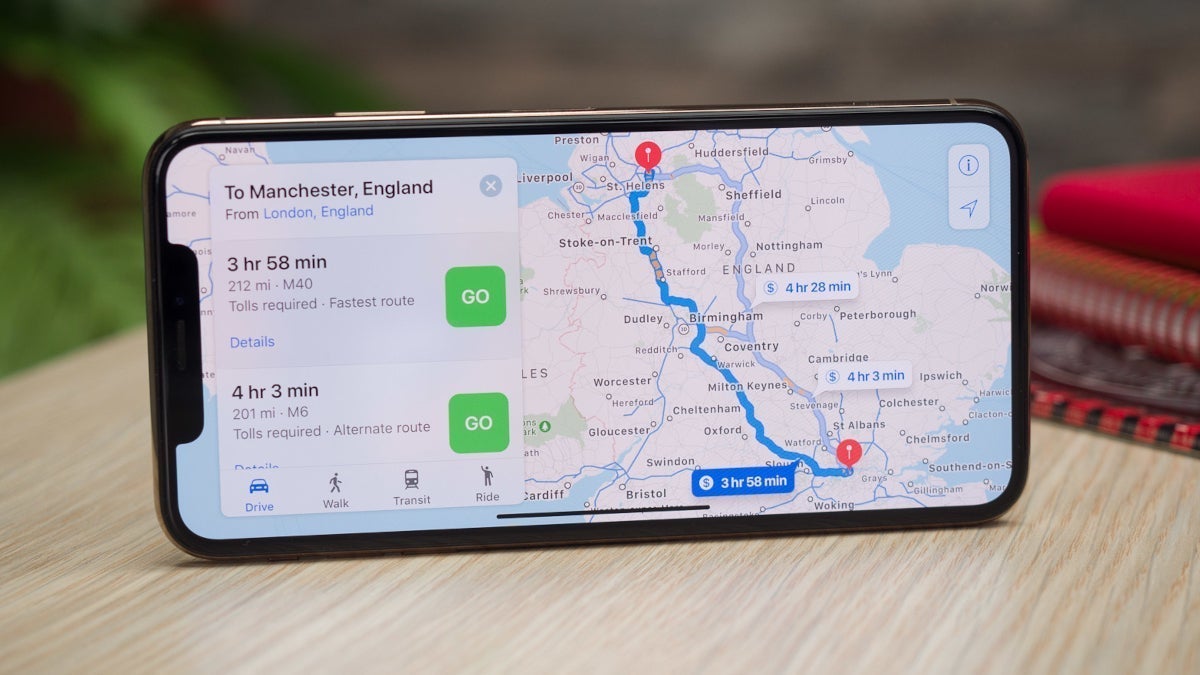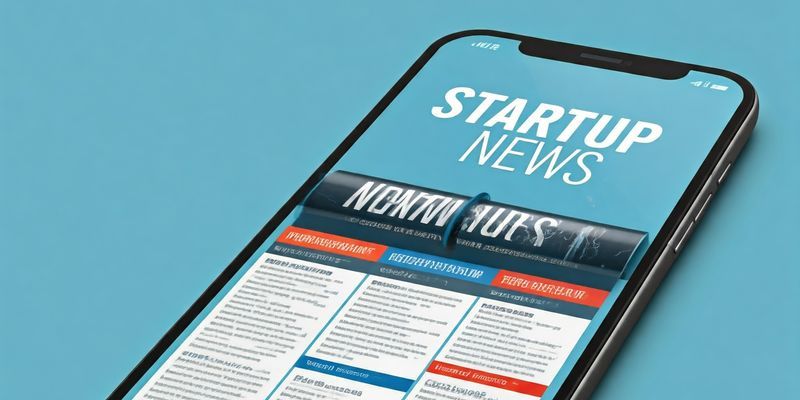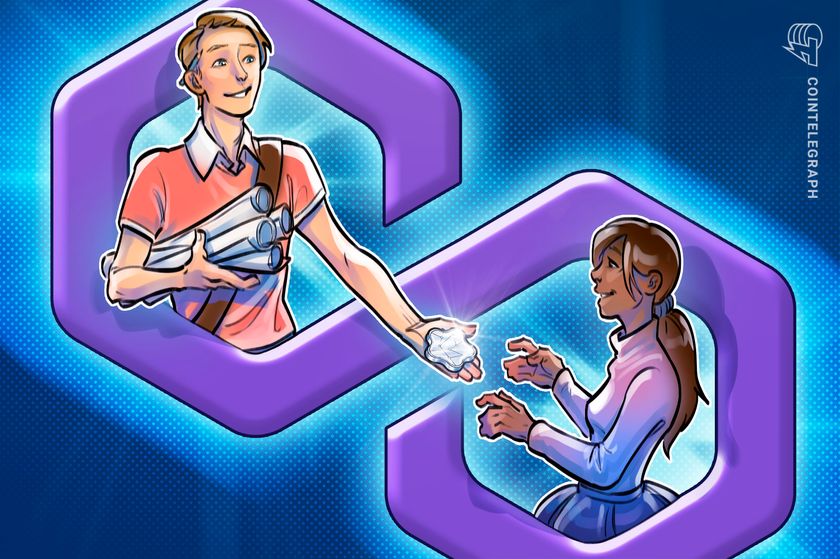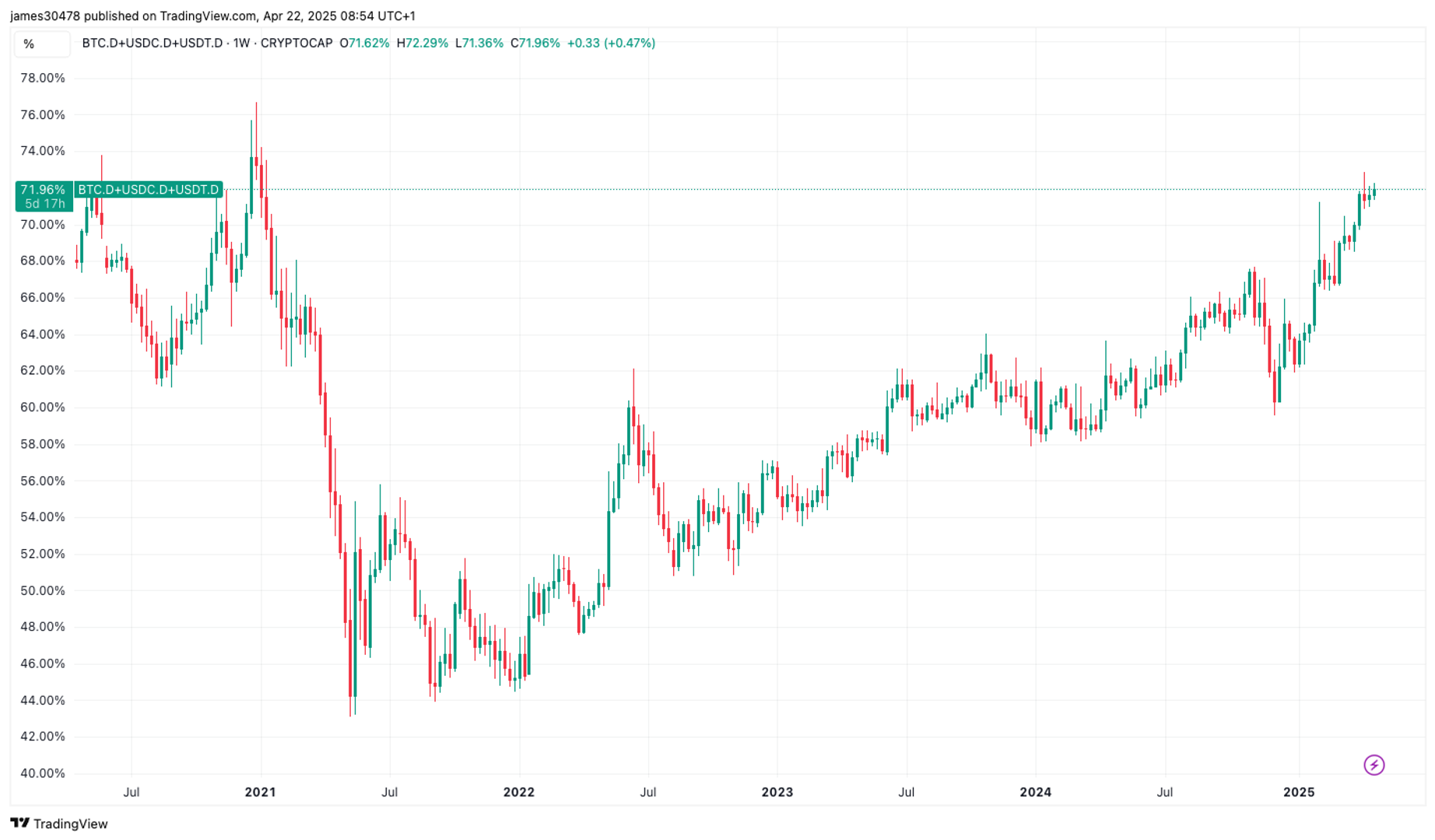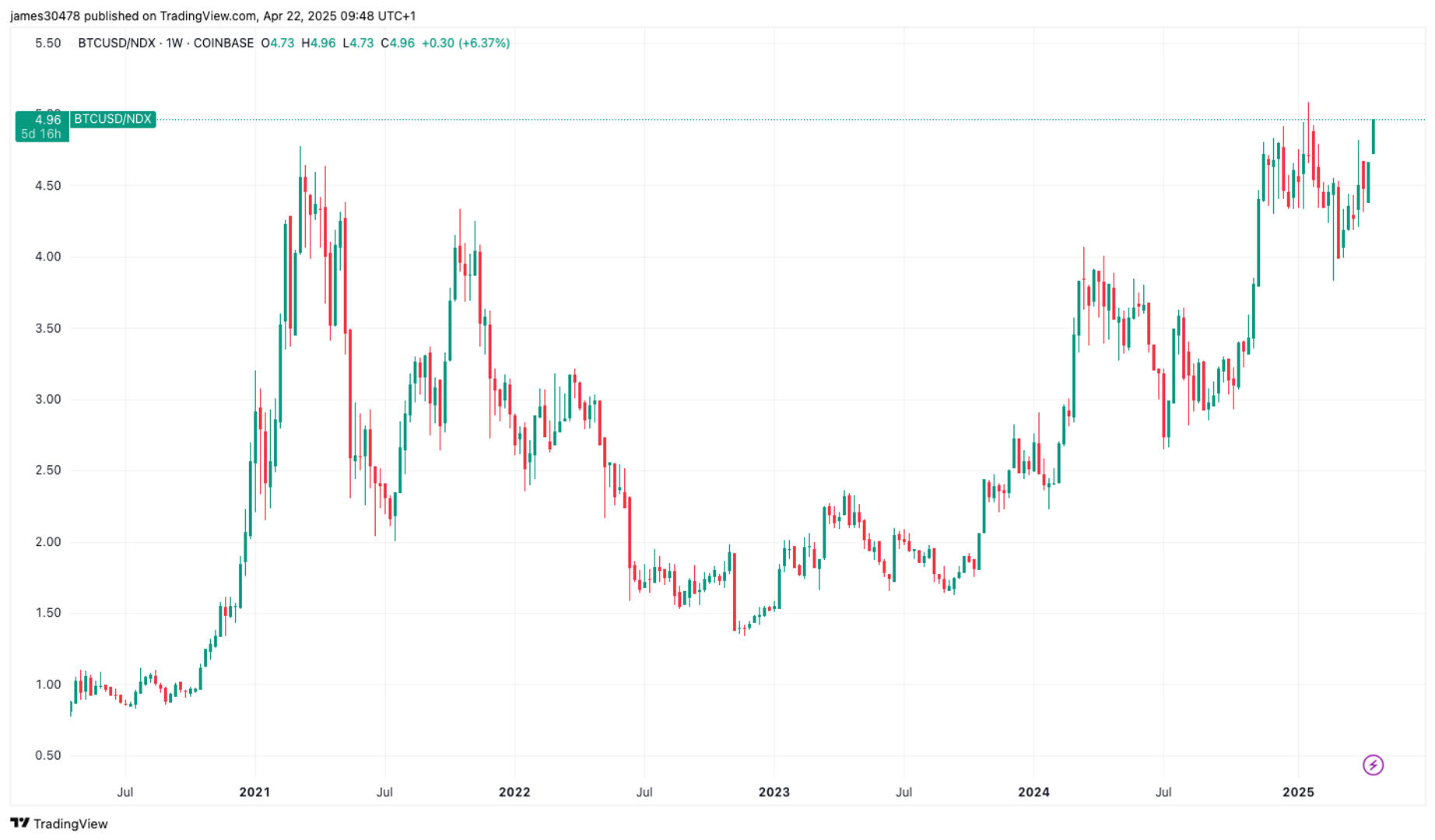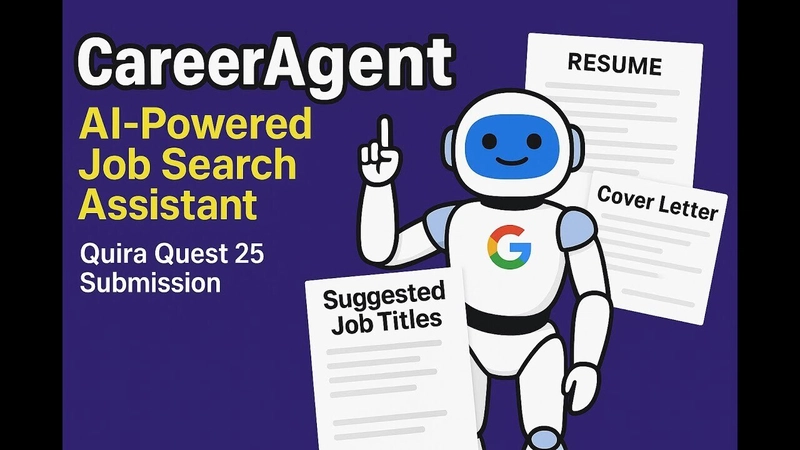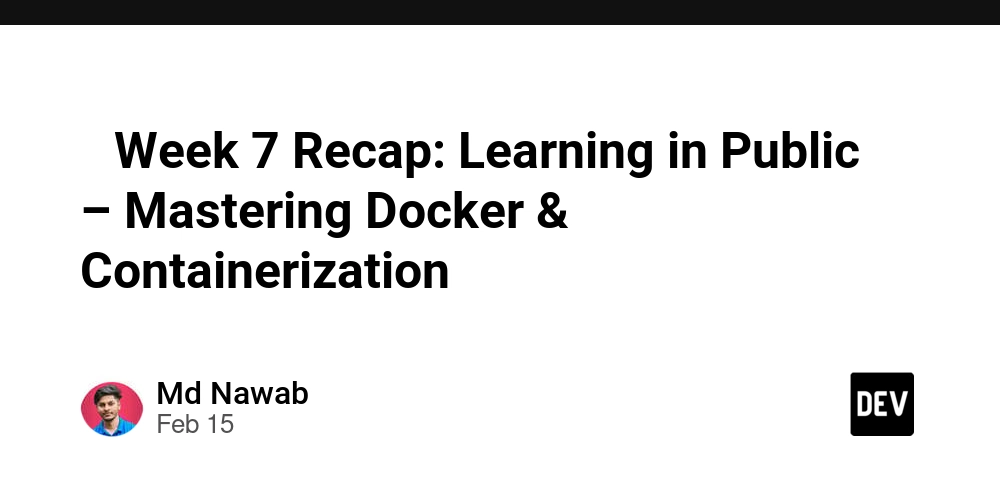Vibe Coding: Will AI Replace Programmers or Empower Them?
In February 2025, Andrej Karpathy—a luminary in artificial intelligence—tweeted about a curious new phenomenon: programmers were crafting software by describing their goals in plain English while AI tools wrote the actual code. His term for this practice, vibe coding, has since sparked a global debate. Is this the democratization of programming or a shortcut to technical chaos? From Silicon Valley startups to hobbyist tinkerers, developers are grappling with a seismic shift in their craft—one where natural language replaces syntax and intuition guides code review. What Exactly Is Vibe Coding? Vibe coding refers to an AI-assisted development method where programmers describe their objectives in conversational language (e.g., "Build a login page with two-factor authentication") and let large language models (LLMs) generate the corresponding code. Unlike traditional programming, practitioners often accept AI-generated code without full comprehension, trusting iterative testing and refinement to achieve functional results. The Origin Story Karpathy introduced the concept while experimenting with voice-controlled coding via tools like Cursor Composer. "I just see things, say things, run things, and copy-paste things," he noted, emphasizing that vibe coding works best for disposable projects rather than production-grade systems. The term quickly went viral, reflecting a growing trend—25% of Y Combinator’s Winter 2025 startups now rely on AI for 95% of their codebases. How Vibe Coding Is Reshaping Tech Industries Democratizing Development Non-programmers like New York Times journalist Kevin Roose have used vibe coding to create personalized tools. Roose’s "LunchBox Buddy"—an app analyzing fridge contents to suggest meals—showcases how amateurs can now build functional software. This accessibility fuels innovation: a hobbyist can prototype a mobile app in hours instead of months. Corporate Adoption and Productivity Companies report 40-60% faster development cycles by offloading repetitive tasks to AI. GitHub Copilot and Replit’s tools automate boilerplate code, letting engineers focus on architecture. IBM’s guidelines recommend vibe coding for rapid prototyping, advising developers to "describe requirements in specific, goal-oriented prompts". The Voice-to-Code Revolution Emerging tools like SuperWhisper allow programmers to dictate features verbally. Neurodivergent developers, in particular, benefit from this shift. As one engineer with dyslexia shared: "Speaking my ideas instead of wrestling with syntax lets me contribute equally". The Double-Edged Sword: Pros and Cons Advantages Speed: Startups validate ideas faster. A 2025 Stanford study found AI-generated prototypes reduce time-to-market by 68%. Lower Barriers: Graphic designers now build custom CMS tools; marketers automate data analysis without Python expertise. Creative Focus: Developers spend less time debugging semicolons and more on user experience. Risks and Real-World Blunders Security Gaps: In March 2025, a vibe-coded payment gateway approved $2M in fraudulent transactions due to inadequate input validation. Technical Debt: A Reddit user shared how their AI-generated React app became unmaintainable: "The code was a black box—we had to rewrite everything from scratch". Ethical Concerns: AI models sometimes plagiarize open-source code. A 2025 lawsuit alleged a startup’s "original" AI-generated app copied 80% of a GitHub repository. The Future: Where Do We Go From Here? Short-Term Trends (2025-2027) 1. AI Code Security Standards Emerge Organizations like OWASP and NIST will release frameworks to audit AI-generated code for vulnerabilities like hallucinated functions or poisoned libraries. Tools like GitHub Copilot will integrate automated security scanners to flag unsafe patterns in real time. 2. Prompt Engineering Becomes Core to Developer Education Coding bootcamps will teach "secure prompt engineering" to minimize AI-generated vulnerabilities. For example, learners will master prompts like, "Generate a Python function to hash passwords using bcrypt, with input validation and error handling" to reduce insecure outputs. 3. Cybersecurity Teams Battle AI-Powered Botnets AI agents will autonomously exploit vulnerabilities in IoT devices (e.g., routers) to launch coordinated attacks. Defenders will counter with AI-driven threat-hunting tools to detect anomalies in real time. 4. Regulations Target Shadow AI in Development The EU’s AI Act will mandate audits for AI coding tools used in critical systems. Companies will ban unauthorized tools like ChatGPT for code generation to prevent data leaks Long-Term Predictions 1. Domain-Specific LLMs with Built-In Security Healthcare and finance industries will adopt specialized LLMs trained on secure coding patt

In February 2025, Andrej Karpathy—a luminary in artificial intelligence—tweeted about a curious new phenomenon: programmers were crafting software by describing their goals in plain English while AI tools wrote the actual code. His term for this practice, vibe coding, has since sparked a global debate. Is this the democratization of programming or a shortcut to technical chaos? From Silicon Valley startups to hobbyist tinkerers, developers are grappling with a seismic shift in their craft—one where natural language replaces syntax and intuition guides code review.
What Exactly Is Vibe Coding?
Vibe coding refers to an AI-assisted development method where programmers describe their objectives in conversational language (e.g., "Build a login page with two-factor authentication") and let large language models (LLMs) generate the corresponding code. Unlike traditional programming, practitioners often accept AI-generated code without full comprehension, trusting iterative testing and refinement to achieve functional results.
The Origin Story
Karpathy introduced the concept while experimenting with voice-controlled coding via tools like Cursor Composer. "I just see things, say things, run things, and copy-paste things," he noted, emphasizing that vibe coding works best for disposable projects rather than production-grade systems. The term quickly went viral, reflecting a growing trend—25% of Y Combinator’s Winter 2025 startups now rely on AI for 95% of their codebases.
How Vibe Coding Is Reshaping Tech Industries
Democratizing Development
Non-programmers like New York Times journalist Kevin Roose have used vibe coding to create personalized tools. Roose’s "LunchBox Buddy"—an app analyzing fridge contents to suggest meals—showcases how amateurs can now build functional software. This accessibility fuels innovation: a hobbyist can prototype a mobile app in hours instead of months.
Corporate Adoption and Productivity
Companies report 40-60% faster development cycles by offloading repetitive tasks to AI. GitHub Copilot and Replit’s tools automate boilerplate code, letting engineers focus on architecture. IBM’s guidelines recommend vibe coding for rapid prototyping, advising developers to "describe requirements in specific, goal-oriented prompts".
The Voice-to-Code Revolution
Emerging tools like SuperWhisper allow programmers to dictate features verbally. Neurodivergent developers, in particular, benefit from this shift. As one engineer with dyslexia shared: "Speaking my ideas instead of wrestling with syntax lets me contribute equally".
The Double-Edged Sword: Pros and Cons
Advantages
- Speed: Startups validate ideas faster. A 2025 Stanford study found AI-generated prototypes reduce time-to-market by 68%.
- Lower Barriers: Graphic designers now build custom CMS tools; marketers automate data analysis without Python expertise.
-
Creative Focus: Developers spend less time debugging semicolons and more on user experience.
Risks and Real-World Blunders
Security Gaps: In March 2025, a vibe-coded payment gateway approved $2M in fraudulent transactions due to inadequate input validation.
Technical Debt: A Reddit user shared how their AI-generated React app became unmaintainable: "The code was a black box—we had to rewrite everything from scratch".
Ethical Concerns: AI models sometimes plagiarize open-source code. A 2025 lawsuit alleged a startup’s "original" AI-generated app copied 80% of a GitHub repository.
The Future: Where Do We Go From Here?
Short-Term Trends (2025-2027)
1. AI Code Security Standards Emerge
- Organizations like OWASP and NIST will release frameworks to audit AI-generated code for vulnerabilities like hallucinated functions or poisoned libraries. Tools like GitHub Copilot will integrate automated security scanners to flag unsafe patterns in real time.
2. Prompt Engineering Becomes Core to Developer Education
- Coding bootcamps will teach "secure prompt engineering" to minimize AI-generated vulnerabilities. For example, learners will master prompts like, "Generate a Python function to hash passwords using bcrypt, with input validation and error handling" to reduce insecure outputs.
3. Cybersecurity Teams Battle AI-Powered Botnets
- AI agents will autonomously exploit vulnerabilities in IoT devices (e.g., routers) to launch coordinated attacks. Defenders will counter with AI-driven threat-hunting tools to detect anomalies in real time.
4. Regulations Target Shadow AI in Development
- The EU’s AI Act will mandate audits for AI coding tools used in critical systems. Companies will ban unauthorized tools like ChatGPT for code generation to prevent data leaks
Long-Term Predictions
1. Domain-Specific LLMs with Built-In Security
Healthcare and finance industries will adopt specialized LLMs trained on secure coding patterns (e.g., HIPAA-compliant data handling). These models will reject prompts that could generate vulnerable code.
2. AI Literacy as a Cybersecurity Requirement
Junior developers will need certifications in "AI-safe coding" to enter the field. Employers will prioritize candidates who can debug AI outputs and validate code against OWASP Top 10 risks.
3. AI Agents vs. AI Defenders Arms Race
Threat actors will deploy multi-agent AI systems to automate phishing, exploit discovery, and data exfiltration. Defenders will respond with autonomous AI "guardrails" that patch vulnerabilities before deployment.
4. Universities Phase Out Traditional Coding Courses
Computer science programs will replace introductory Java/Python classes with courses on AI collaboration, secure prompt design, and computational ethics. MIT’s 2026 curriculum, for example, will require students to pass AI code-review simulations
Expert Opinions
Proponents: Simon Willison argues vibe coding empowers "everyone to automate life’s tedium". He built 80+ experimental tools this way, including a voice-controlled home automation system.
Skeptics: Gary Marcus warns, "Vibe coding without oversight is like letting a self-driving car navigate Manhattan during a parade".
Conclusion: Vibes Can’t Replace Vigilance
Vibe coding is neither a panacea nor a pariah—it’s a tool. For weekend projects or brainstorming sessions, it’s revolutionary. However, as the industry learns from early missteps, best practices are emerging:
- Validate Relentlessly: Treat AI code like an intern’s work—test every edge case.
- Hybridize: Blend AI speed with human oversight, especially for sensitive systems.
- Stay Curious: Use vibe coding to explore new languages but deepen your understanding through traditional study.
As we stand at this crossroads, one truth endures: Technology should enhance human capability, not replace critical thinking. Whether vibe coding becomes a footnote or a new chapter in software history depends on how wisely we wield it.


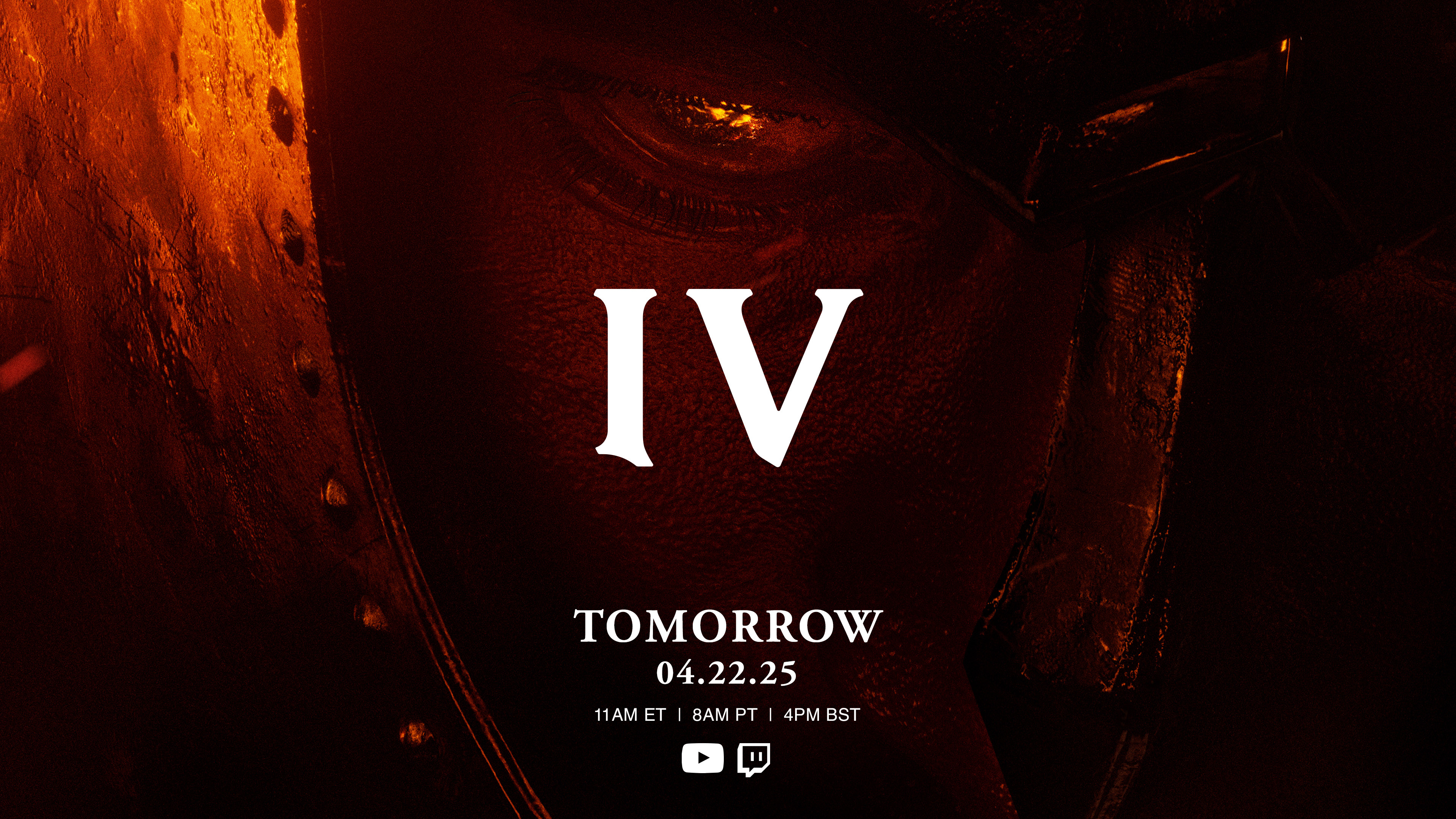









































































































































































![[The AI Show Episode 144]: ChatGPT’s New Memory, Shopify CEO’s Leaked “AI First” Memo, Google Cloud Next Releases, o3 and o4-mini Coming Soon & Llama 4’s Rocky Launch](https://www.marketingaiinstitute.com/hubfs/ep%20144%20cover.png)
















































































































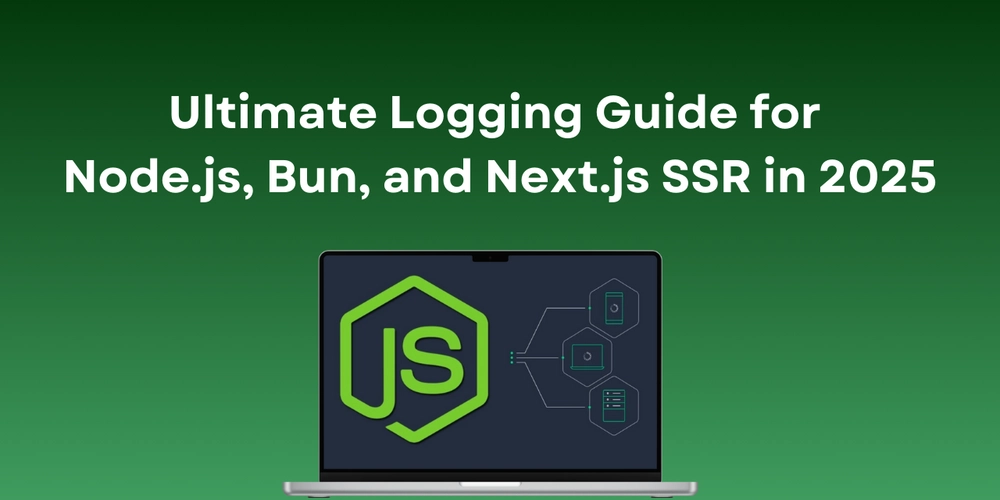

















![From fast food worker to cybersecurity engineer with Tae'lur Alexis [Podcast #169]](https://cdn.hashnode.com/res/hashnode/image/upload/v1745242807605/8a6cf71c-144f-4c91-9532-62d7c92c0f65.png?#)























![BPMN-procesmodellering [closed]](https://i.sstatic.net/l7l8q49F.png)





















































































.jpg?#)
.jpg?#)




















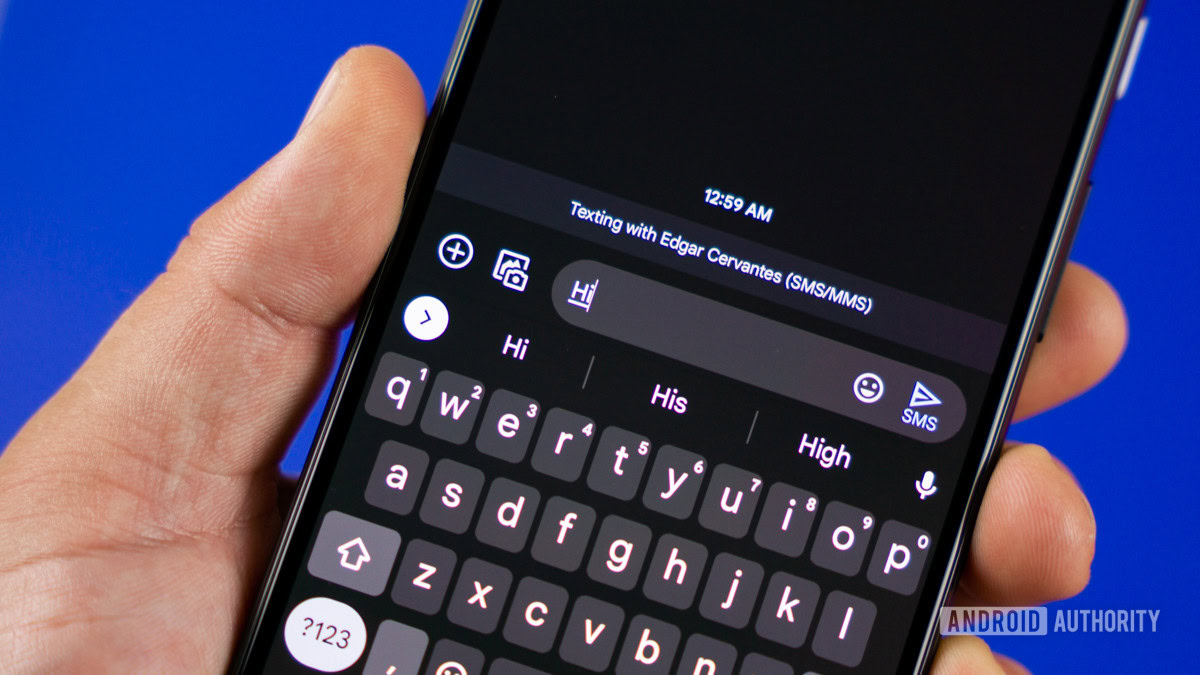














.webp?#)





















































































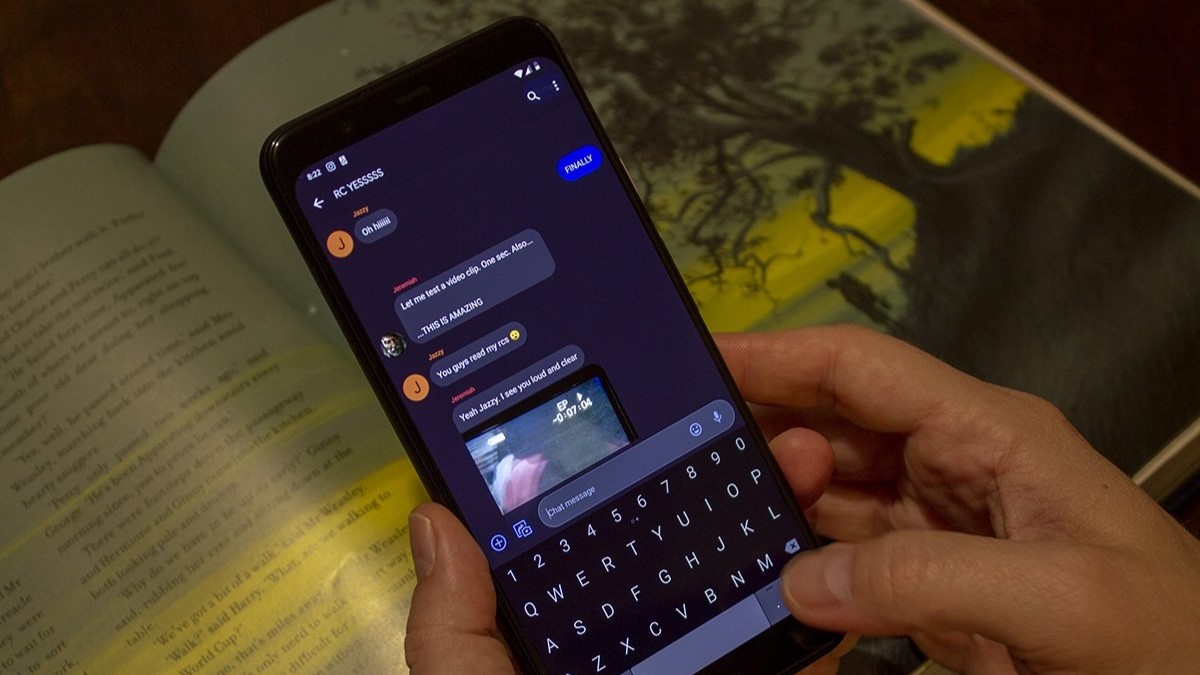
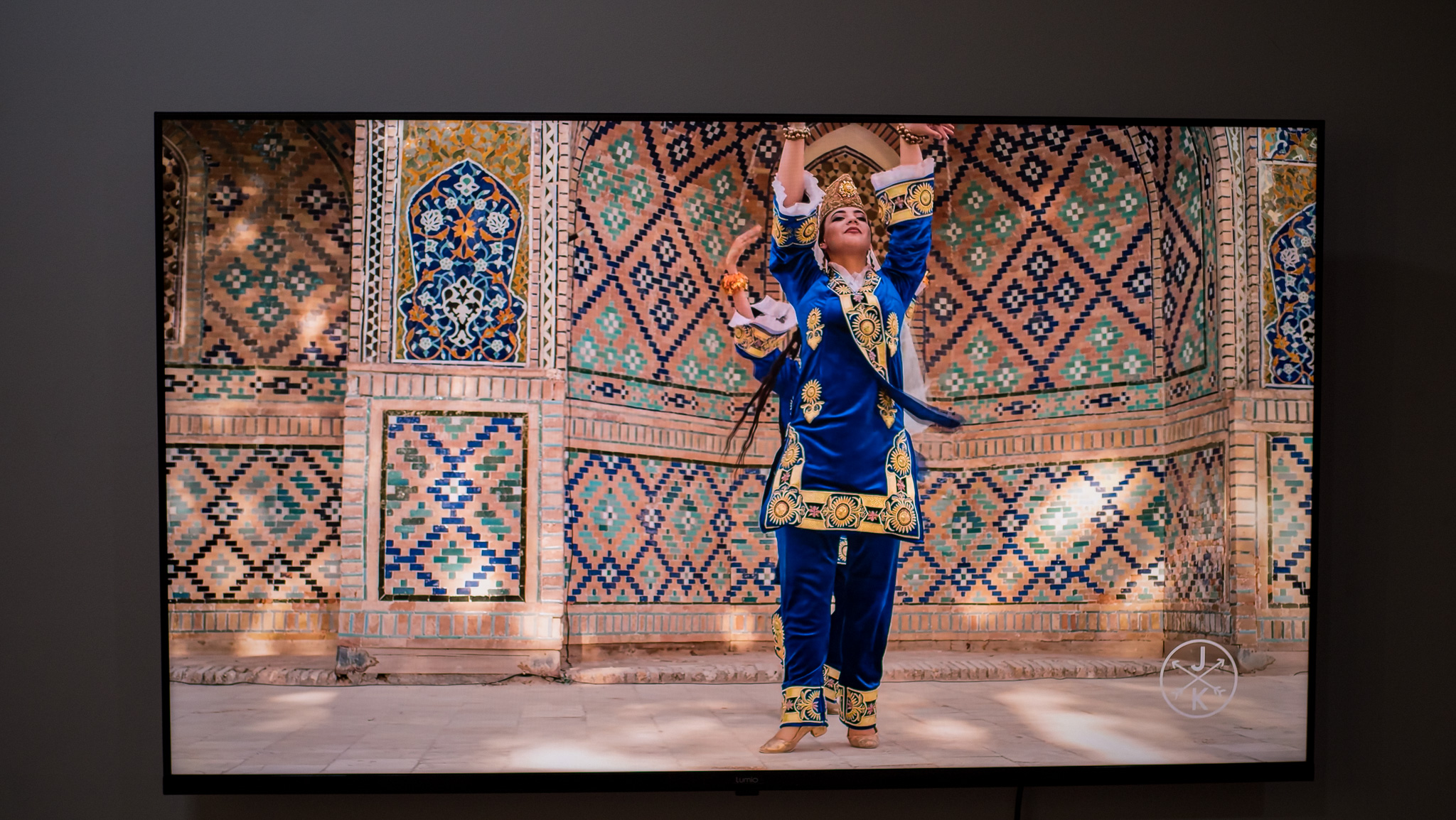






![CarPlay app with web browser for streaming video hits App Store [U]](https://i0.wp.com/9to5mac.com/wp-content/uploads/sites/6/2024/11/carplay-apple.jpeg?resize=1200%2C628&quality=82&strip=all&ssl=1)



![What’s new in Android’s April 2025 Google System Updates [U: 4/21]](https://i0.wp.com/9to5google.com/wp-content/uploads/sites/4/2025/01/google-play-services-3.jpg?resize=1200%2C628&quality=82&strip=all&ssl=1)











![Apple Releases iOS 18.5 Beta 3 and iPadOS 18.5 Beta 3 [Download]](https://www.iclarified.com/images/news/97076/97076/97076-640.jpg)
![Apple Seeds visionOS 2.5 Beta 3 to Developers [Download]](https://www.iclarified.com/images/news/97077/97077/97077-640.jpg)
![Apple Seeds tvOS 18.5 Beta 3 to Developers [Download]](https://www.iclarified.com/images/news/97078/97078/97078-640.jpg)
![Apple Seeds watchOS 11.5 Beta 3 to Developers [Download]](https://www.iclarified.com/images/news/97079/97079/97079-640.jpg)



















